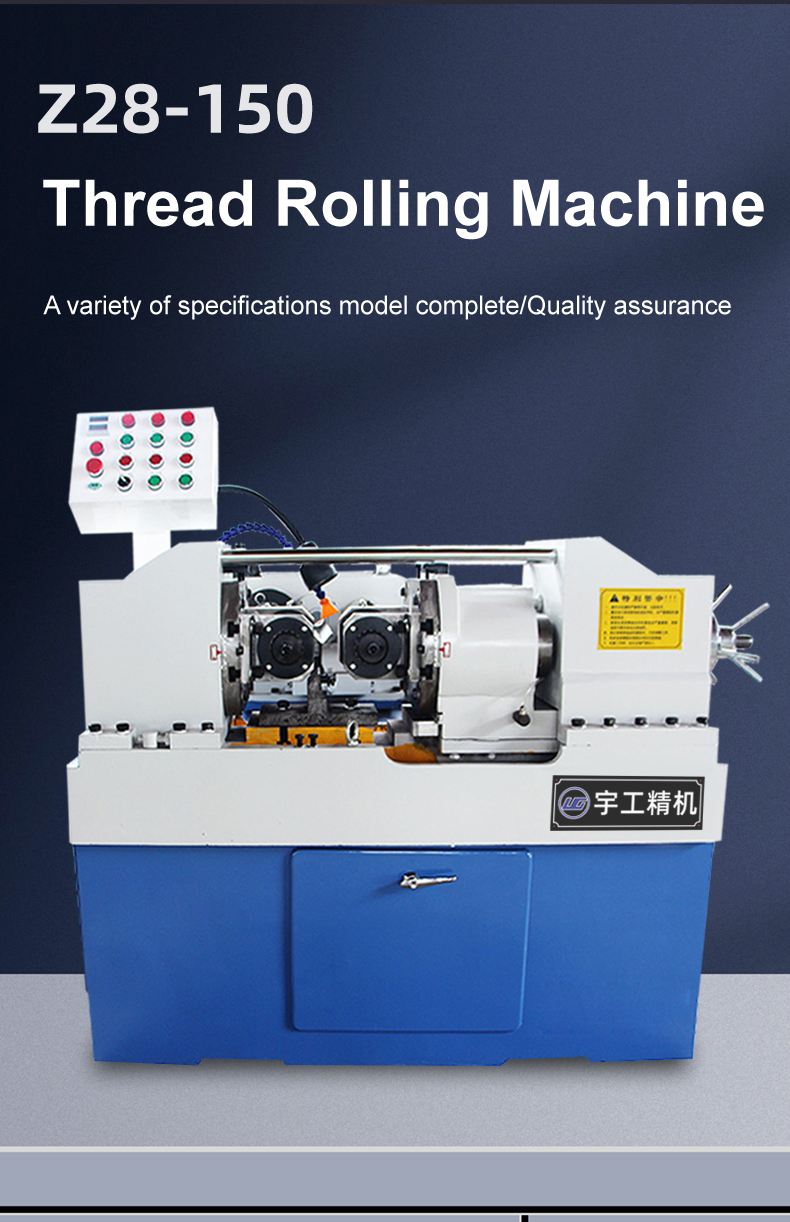
-
 Afrikaans
Afrikaans -
 Albanian
Albanian -
 Amharic
Amharic -
 Arabic
Arabic -
 Armenian
Armenian -
 Azerbaijani
Azerbaijani -
 Basque
Basque -
 Belarusian
Belarusian -
 Bengali
Bengali -
 Bosnian
Bosnian -
 Bulgarian
Bulgarian -
 Catalan
Catalan -
 Cebuano
Cebuano -
 Corsican
Corsican -
 Croatian
Croatian -
 Czech
Czech -
 Danish
Danish -
 Dutch
Dutch -
 English
English -
 Esperanto
Esperanto -
 Estonian
Estonian -
 Finnish
Finnish -
 French
French -
 Frisian
Frisian -
 Galician
Galician -
 Georgian
Georgian -
 German
German -
 Greek
Greek -
 Gujarati
Gujarati -
 Haitian Creole
Haitian Creole -
 hausa
hausa -
 hawaiian
hawaiian -
 Hebrew
Hebrew -
 Hindi
Hindi -
 Miao
Miao -
 Hungarian
Hungarian -
 Icelandic
Icelandic -
 igbo
igbo -
 Indonesian
Indonesian -
 irish
irish -
 Italian
Italian -
 Japanese
Japanese -
 Javanese
Javanese -
 Kannada
Kannada -
 kazakh
kazakh -
 Khmer
Khmer -
 Rwandese
Rwandese -
 Korean
Korean -
 Kurdish
Kurdish -
 Kyrgyz
Kyrgyz -
 Lao
Lao -
 Latin
Latin -
 Latvian
Latvian -
 Lithuanian
Lithuanian -
 Luxembourgish
Luxembourgish -
 Macedonian
Macedonian -
 Malgashi
Malgashi -
 Malay
Malay -
 Malayalam
Malayalam -
 Maltese
Maltese -
 Maori
Maori -
 Marathi
Marathi -
 Mongolian
Mongolian -
 Myanmar
Myanmar -
 Nepali
Nepali -
 Norwegian
Norwegian -
 Norwegian
Norwegian -
 Occitan
Occitan -
 Pashto
Pashto -
 Persian
Persian -
 Polish
Polish -
 Portuguese
Portuguese -
 Punjabi
Punjabi -
 Romanian
Romanian -
 Russian
Russian -
 Samoan
Samoan -
 Scottish Gaelic
Scottish Gaelic -
 Serbian
Serbian -
 Sesotho
Sesotho -
 Shona
Shona -
 Sindhi
Sindhi -
 Sinhala
Sinhala -
 Slovak
Slovak -
 Slovenian
Slovenian -
 Somali
Somali -
 Spanish
Spanish -
 Sundanese
Sundanese -
 Swahili
Swahili -
 Swedish
Swedish -
 Tagalog
Tagalog -
 Tajik
Tajik -
 Tamil
Tamil -
 Tatar
Tatar -
 Telugu
Telugu -
 Thai
Thai -
 Turkish
Turkish -
 Turkmen
Turkmen -
 Ukrainian
Ukrainian -
 Urdu
Urdu -
 Uighur
Uighur -
 Uzbek
Uzbek -
 Vietnamese
Vietnamese -
 Welsh
Welsh -
 Bantu
Bantu -
 Yiddish
Yiddish -
 Yoruba
Yoruba -
 Zulu
Zulu
Different Methods and Techniques for Thread Rolling Processes and Applications
Understanding the Different Types of Thread Rolling
Thread rolling is a popular manufacturing process utilized to create threads on fasteners and various components, enhancing their mechanical properties while maintaining dimensional accuracy. This cold-forming technique has gained significant traction in various industries due to its efficiency and cost-effectiveness. In this article, we will explore the different types of thread rolling processes and their applications.
1. Flat Die Thread Rolling
Flat die thread rolling is one of the most common forms of thread rolling, where the material is compressed between two flat dies to form a thread. The component is held in place and rotated while the dies apply pressure, causing the material to flow and shape into a thread profile. This method is highly efficient for producing a large volume of threaded parts with consistent dimensions. It is primarily used for bolts, screws, and other types of fasteners that require high-precision threads.
2. Circular Die Thread Rolling
Circular die thread rolling, or cylindrical thread rolling, utilizes two circular dies that rotate in opposite directions. As the workpiece is fed between these dies, it is shaped into the desired thread profile. This method is particularly favorable for producing longer threaded components with a continuous thread. Circular die thread rolling is often employed in the automotive and aerospace industries, where reliable and robust threading is crucial.
types of thread rolling quotes

Roller thread rolling is a more specialized method where a cylindrical rolling tool is used to create threads. The roller is designed to match the specific shape of the desired thread and can produce complex profiles with high accuracy. This technique is often used in applications that require unique thread shapes or when dealing with materials that are challenging to thread using traditional methods. Roller thread rolling is particularly advantageous for creating threads in harder materials, as the process does not generate significant heat, preventing warping or damage.
4. Ram Thread Rolling
In ram thread rolling, the punch-and-die system moves horizontally which compresses the workpiece to form the thread. This method is less common but offers the ability to produce specific thread configurations that other methods may not achieve. It is primarily used for specialized applications where intricate detailing in threads is required.
5. Thread Rolling Machines
Investing in thread rolling machines is essential for manufacturers seeking to enhance production efficiency. These machines can be automated for high-volume output while ensuring precision in thread formation. Advanced models often come with computer numerically controlled (CNC) capabilities, allowing for easy adjustments and programming for varied thread sizes and types.
Conclusion
Thread rolling is a versatile process with various methods tailored for different applications. Each type has its own advantages, making it suitable for specific threading requirements. By understanding the distinctions among flat die, circular die, roller, and ram thread rolling, manufacturers can choose the appropriate method for their production needs. As technology advances, the thread rolling industry continues to evolve, offering even more efficient and effective solutions for creating high-quality threads in diverse materials.
